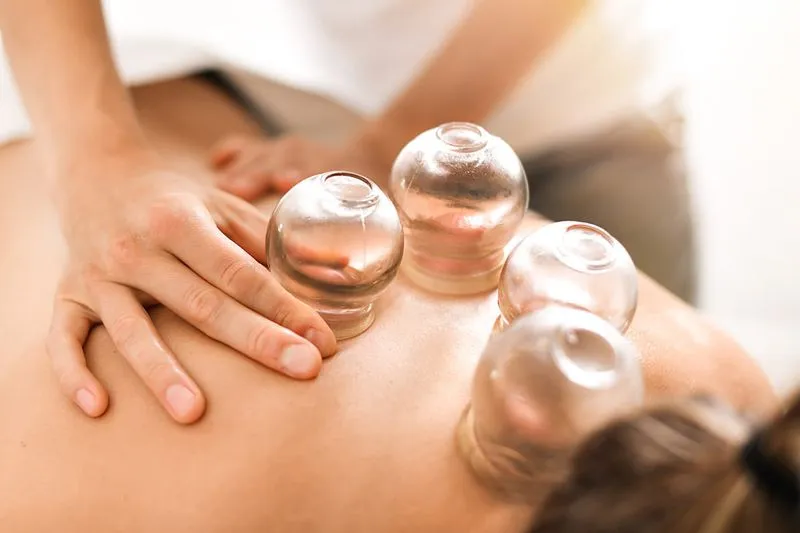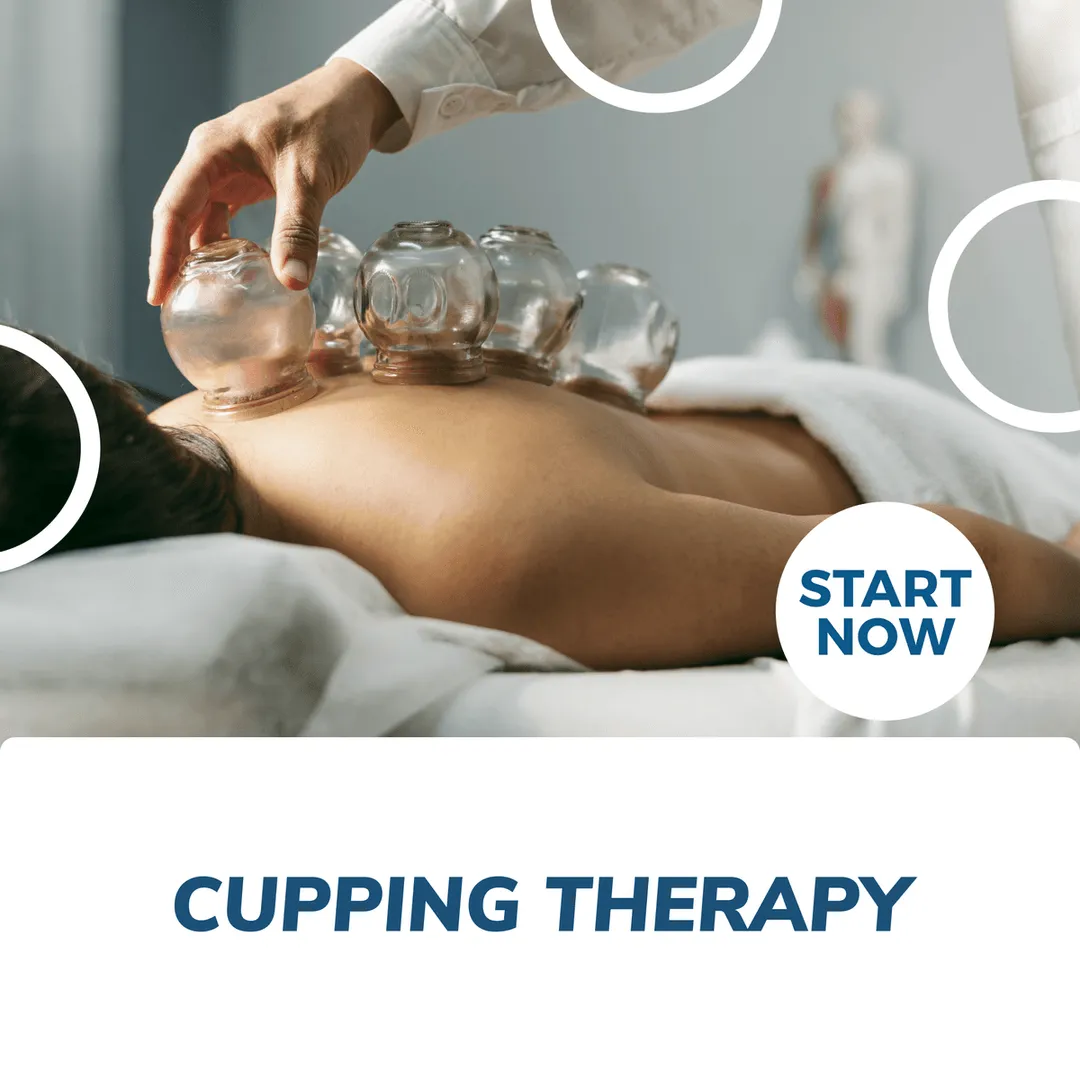
Cupping therapy has gained popularity in recent years as a holistic treatment for various health conditions, but it's important to understand the potential side effects and safety concerns associated with this practice. From its ancient origins to the modern techniques used today, cupping therapy offers a unique approach to promoting wellness. However, individuals considering this alternative therapy should be aware of the risks and take precautionary measures to ensure a safe and effective experience. In this blog, we will explore the potential side effects of cupping therapy, discuss safety concerns for certain individuals, and provide insights from experts and patient experiences. By gaining a comprehensive understanding of cupping therapy, individuals can make informed decisions and seek professional guidance for their well-being. Stay tuned as we delve into the world of cupping therapy and uncover the facts behind its potential side effects.
Cupping therapy has been around for centuries and is a traditional Chinese medicine practice that involves placing cups on the skin to create suction. It is believed to promote healing by improving blood flow and reducing inflammation. The therapy dates back to ancient Egyptian, Chinese, and Middle Eastern cultures, with different variations of cupping techniques used across these regions.
There are two main types of cupping therapy: dry cupping and wet cupping. Dry cupping involves creating a vacuum inside the cups using heat or suction pumps, while wet cupping involves making small incisions on the skin before applying the cups to draw out small amounts of blood. Both methods are thought to help alleviate pain and improve overall well-being.
The mechanism behind how cupping therapy works is not fully understood, but it is believed that the negative pressure created by the suction helps loosen muscles, encourage blood flow, and sedate the nervous system. This can relieve muscle tension, promote cell repair, and aid in detoxification.
Cupping therapy, while generally considered safe for most individuals, does come with potential side effects that should be carefully considered. Some of the common side effects include mild discomfort, bruising, skin irritation, and temporary soreness at the cupping site. These side effects typically subside within a few days but can be bothersome for some individuals.
For people with certain medical conditions or those who are pregnant, it is crucial to seek professional advice before undergoing cupping therapy. Conditions such as haemophilia, enema, skin ulcers, or those taking blood-thinning medications may be at an increased risk for complications from cupping therapy. Additionally, pregnant women should consult their healthcare provider before considering this treatment due to the potential risks involved.
It is important to remember that cupping therapy should only be performed by trained professionals in a controlled and sterile environment to minimize any potential risks or adverse effects. Patients should always disclose any existing health conditions or medications they are taking to ensure their safety during cupping therapy.

Precautions for Cupping TherapyWhen considering cupping therapy, it is crucial to choose a certified practitioner who has received proper training and is knowledgeable about the procedure. This will help ensure that the therapy is conducted safely and effectively, minimizing the risk of potential side effects.

Before beginning cupping therapy, it is important to have a clear understanding of the treatment process. This includes being aware of any possible adverse effects or complications that may arise during or after the therapy. By being well-informed, you can make an educated decision about whether cupping therapy is suitable for you.
It's essential to discuss any concerns or pre-existing medical conditions with your practitioner before starting cupping therapy. By doing so, your practitioner can tailor the treatment to address your specific needs while also taking into account any potential risks associated with your health status.
To reduce skin discolouration after cupping therapy, it is recommended to apply a cold compress or ice pack to the affected area. This can help minimize any bruising or redness that may occur. Additionally, keeping the treated area clean and moisturized can aid in the healing process.
If you experience severe pain, blistering, or infection at the site of cupping therapy, it is important to seek medical attention immediately. These could be signs of more serious side effects that require professional assessment and treatment. Do not hesitate to consult with a healthcare provider if you have any concerns about your post-cupping symptoms.
After undergoing cupping therapy, practising self-care methods such as gentle stretching and staying hydrated can promote recovery and alleviate any discomfort. It is also advisable to avoid strenuous activities for a day or two following treatment to allow your body time to rest and heal.
As with any form of alternative medicine, it is important to consider the potential long-term effects of cupping therapy. While some individuals may experience short-term benefits such as pain relief and improved blood circulation, there is limited research available on the long-term impact of this treatment. It is essential for individuals considering cupping therapy to consult with healthcare professionals to fully understand the potential benefits and risks over time.
One potential concern regarding the long-term use of cupping therapy is the possibility of skin discolouration and scarring. Prolonged or frequent application of cups to the skin can result in dark spots or marks that may persist over time. Additionally, there have been reports of skin infections and allergic reactions following cupping therapy sessions, highlighting the need for careful consideration before pursuing this treatment regularly.
While there may be anecdotal evidence supporting the efficacy of cupping therapy for certain conditions, it is crucial to approach this practice with caution when considering its long-term effects. Consulting with healthcare professionals who are knowledgeable about alternative therapies can provide valuable insights into how cupping therapy may impact an individual's health over time.

In Lansvale NSW, many individuals have shared their experiences with cupping therapy. While some have reported positive outcomes such as reduced pain and improved circulation, others have faced challenges and side effects. One patient mentioned feeling extreme discomfort during the cupping session and experienced bruising that lasted for weeks.
Another individual shared that they developed blisters on their skin after undergoing cupping therapy, which was unexpected and concerning. They emphasized the importance of researching and understanding the potential risks before trying any alternative treatment. These real-life stories serve as a reminder that cupping therapy may not be suitable for everyone, and it's essential to consult with a healthcare professional beforehand.
These testimonials shed light on the different perspectives regarding cupping therapy. While some patients found relief from various ailments, others encountered adverse effects. It's crucial for individuals considering this treatment to weigh both the benefits and potential drawbacks carefully before making a decision.
Healthcare professionals have varying opinions on the effectiveness and safety of cupping therapy. While some practitioners advocate for its potential benefits in pain relief, improved blood flow, and relaxation, others express concerns about potential side effects and complications.
Numerous studies have been conducted to understand the impact of cupping therapy on different health conditions. Some findings suggest that it may offer short-term relief for certain types of pain, while other research points to the lack of substantial evidence supporting its long-term efficacy or safety.
Individuals considering cupping therapy should consult with a qualified healthcare provider before proceeding. It's important to weigh the potential benefits against the known risks and drawbacks associated with this alternative therapy.
While cupping therapy may offer potential benefits for some individuals, it is crucial to be aware of the potential side effects and drawbacks associated with this practice. The adverse effects of cupping therapy can range from mild discomfort to more serious complications, making it essential for individuals to make informed decisions about whether or not to pursue this treatment.
It is important for anyone considering cupping therapy to thoroughly research the potential side effects and complications, as well as consult with a qualified healthcare professional before undergoing treatment. This will help individuals weigh the potential benefits against the risks and make an informed decision that aligns with their overall health and wellness goals.
Furthermore, given the limited scientific evidence supporting the efficacy of cupping therapy and ongoing debates within the medical community regarding its safety and effectiveness, further research in this area is warranted. Continued investigation into both the benefits and potential side effects of cupping therapy will contribute to a better understanding of its overall impact on health outcomes.
At Prime Chiro, we understand the importance of finding the best chiropractor near you in Lansvale NSW and nearby areas of Fairfield, Liverpool, and Cabramatta. Our team of experienced professionals is dedicated to providing top-notch chiropractic care and consultation to individuals in need. Whether you are seeking relief from back pain, neck pain, headaches, or other musculoskeletal issues, we offer personalized treatment plans to address your specific needs. Contact Prime Chiro today to schedule a consultation and take the first step towards achieving better health and wellness.
Cupping therapy is an alternative medicine practice that involves placing cups on the skin to create suction. This suction is believed to promote healing and improve blood flow.
Yes, there can be potential side effects of cupping therapy. These may include temporary skin discolouration, mild discomfort or pain, burns, and dizziness in some cases.
Cupping therapy may not be safe for everyone. It is important to consult with a healthcare professional before trying cupping therapy, especially if you have certain medical conditions such as skin infections, deep vein thrombosis, or bleeding disorders.
The side effects of cupping therapy are usually temporary and may last for a few days to a week. Skin discolouration may take longer to fade completely.
While serious complications from cupping therapy are rare, there have been reports of skin infections, burns, and bruising. It is important to ensure that cupping therapy is performed by a trained and qualified practitioner to minimize the risk of complications.
Cupping therapy, a traditional treatment with potential benefits, also comes with potential side effects and risks. It's important to understand the safety concerns, common side effects, and precautions associated with this therapy. Seeking professional advice, choosing a certified practitioner, and discussing any concerns are crucial steps. Managing side effects, considering the long-term impact, and consulting healthcare professionals for long-term care are also important. Real-life stories, expert insights, and research findings can provide valuable perspectives. Informed decisions and further research are encouraged for individuals considering cupping therapy.